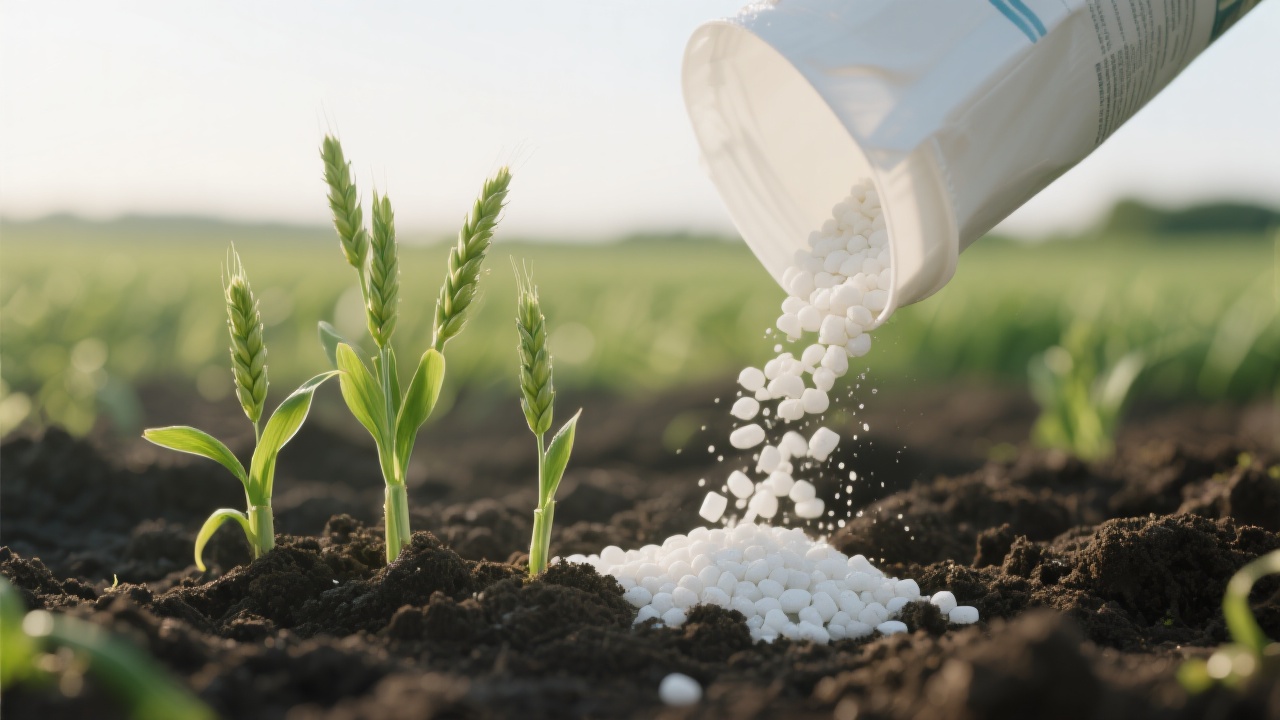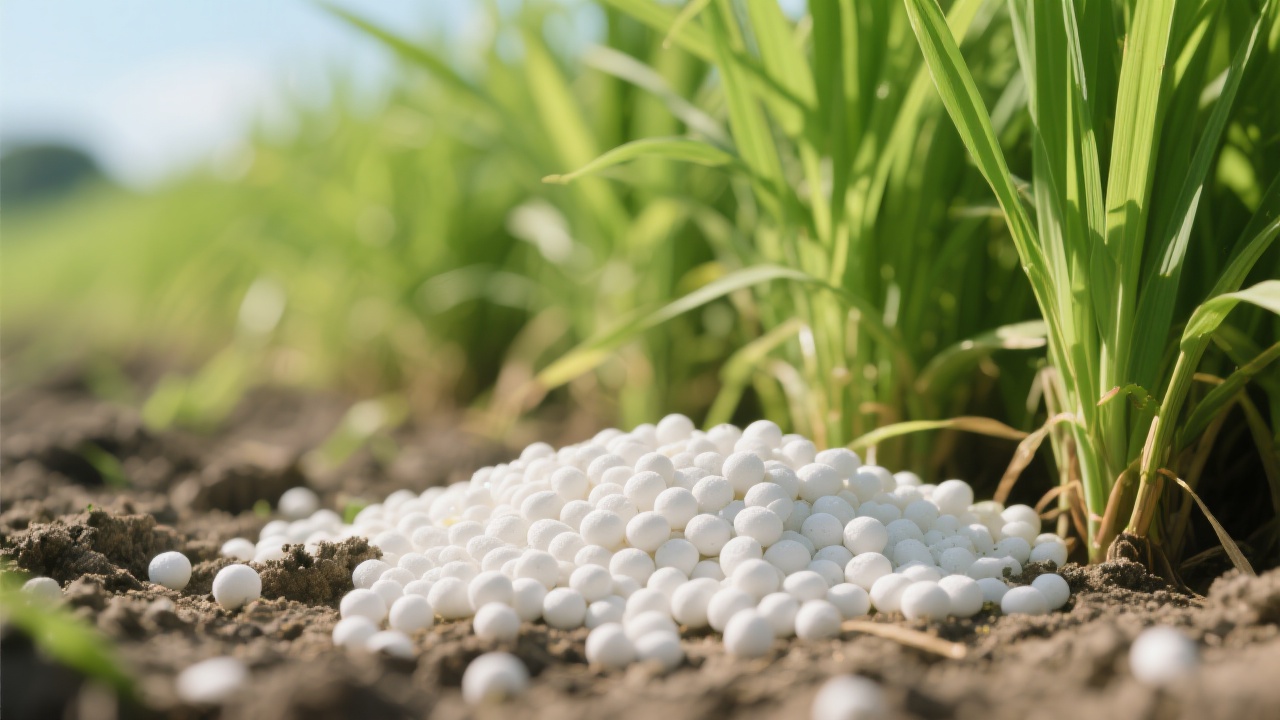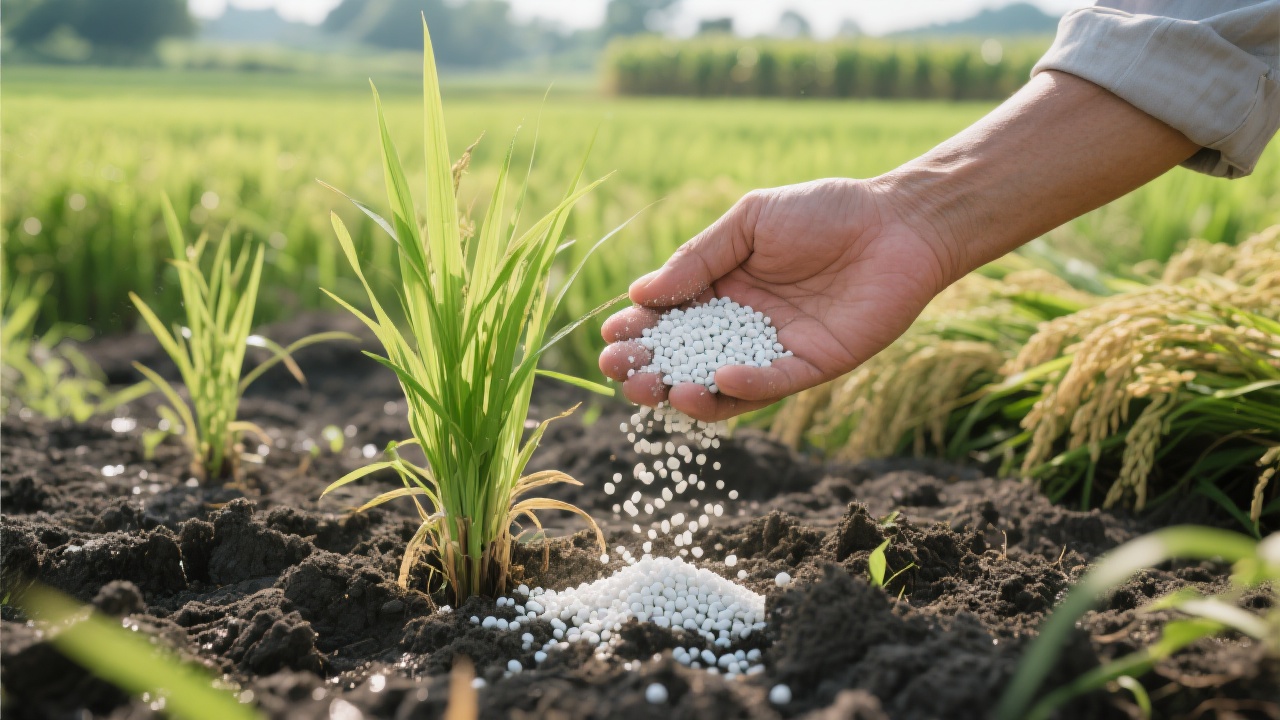
Di-ammonium phosphate (DAP) is a highly efficient and nutrient-rich compound fertilizer. It typically contains about 18% nitrogen (N) and 46% phosphorus pentoxide (P₂O₅). This balanced combination of nitrogen and phosphorus is crucial for plant growth. Nitrogen is an essential element for the formation of proteins, chlorophyll, and other vital compounds in plants, promoting lush foliage growth. Phosphorus, on the other hand, plays a key role in energy transfer, root development, and flowering and fruiting processes.

The nitrogen in DAP is in the ammonium form, which is readily available for plant uptake. It provides an immediate source of nitrogen for young plants, helping them establish a strong vegetative growth stage. The phosphorus in DAP is highly soluble, allowing it to be quickly absorbed by plant roots. This rapid nutrient availability enhances the overall growth rate of crops. In a study, fields treated with DAP showed a 20 - 30% increase in early - stage plant growth compared to fields without DAP application.
The balanced ratio of nitrogen and phosphorus in DAP ensures that plants receive the right amount of each nutrient at the right time. For example, during the early growth stage, plants need more nitrogen for leaf and stem development, while as they approach the flowering and fruiting stage, the demand for phosphorus increases. DAP can meet these changing nutrient requirements, leading to healthier and more productive crops.
When using DAP, it is important to consider the soil type, crop type, and growth stage. For most crops, DAP can be applied as a basal fertilizer before sowing or transplanting. The recommended application rate is usually between 100 - 200 kg per hectare, depending on the soil fertility and crop nutrient requirements. For example, in wheat cultivation, an application of 150 kg/ha of DAP at the time of sowing can significantly improve the tillering and grain - filling processes.
It is also advisable to incorporate DAP into the soil to a depth of 5 - 10 cm to prevent nitrogen loss through volatilization. Additionally, DAP can be combined with other fertilizers to further optimize nutrient supply. For instance, in some cases, adding a small amount of potassium fertilizer along with DAP can enhance the overall quality and yield of fruits and vegetables.

In Vietnam, where rice is a major crop, DAP has been widely used to improve rice yields. By applying DAP at the recommended rate, Vietnamese farmers have achieved an average yield increase of 15 - 20% compared to traditional fertilization methods. In South Korea, DAP is popular in vegetable and fruit cultivation. The high - quality produce resulting from DAP application has enabled Korean farmers to access premium markets, increasing their farm income.
In Brazil, with its large - scale soybean production, DAP has played a crucial role in enhancing soybean yields. Brazilian farmers have reported a 25 - 35% increase in soybean yields after using DAP, thanks to its ability to improve root development and nutrient uptake in soybeans.
The global demand for DAP is on the rise, driven by the increasing need for food security and the growing awareness of the importance of balanced fertilization. As the world's population continues to grow, the demand for high - yielding crops will only increase. DAP, with its proven ability to boost crop yields, has a huge market potential.
By using DAP, farmers can not only increase their crop yields but also reduce the environmental impact of fertilization. The efficient nutrient utilization of DAP means less nutrient runoff into water bodies, which helps protect the environment. In fact, studies have shown that DAP can reduce nutrient pollution by up to 15 - 20% compared to some other fertilizers.

Di - ammonium phosphate (DAP) is a highly effective fertilizer that offers significant benefits for crop growth and agricultural productivity. Its balanced nitrogen - phosphorus content, high solubility, and proven ability to increase crop yields make it an ideal choice for farmers worldwide. With the continuous development of the agricultural industry, the demand for high - quality fertilizers like DAP will continue to grow.
If you are looking to enhance your crop yields and optimize your farm income, consider using DAP. Click here to learn more about how DAP can transform your agricultural operations.